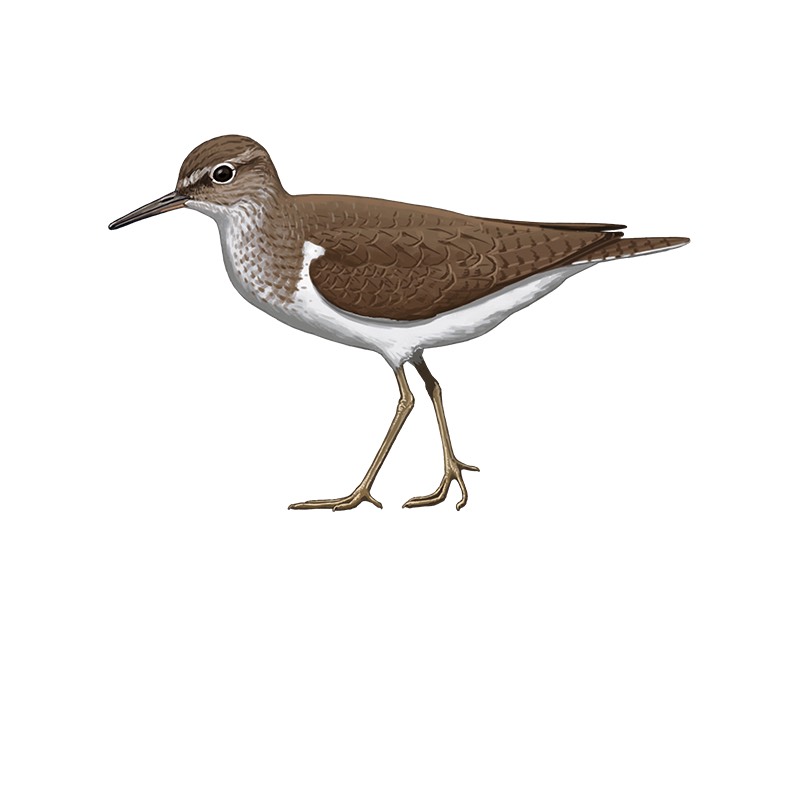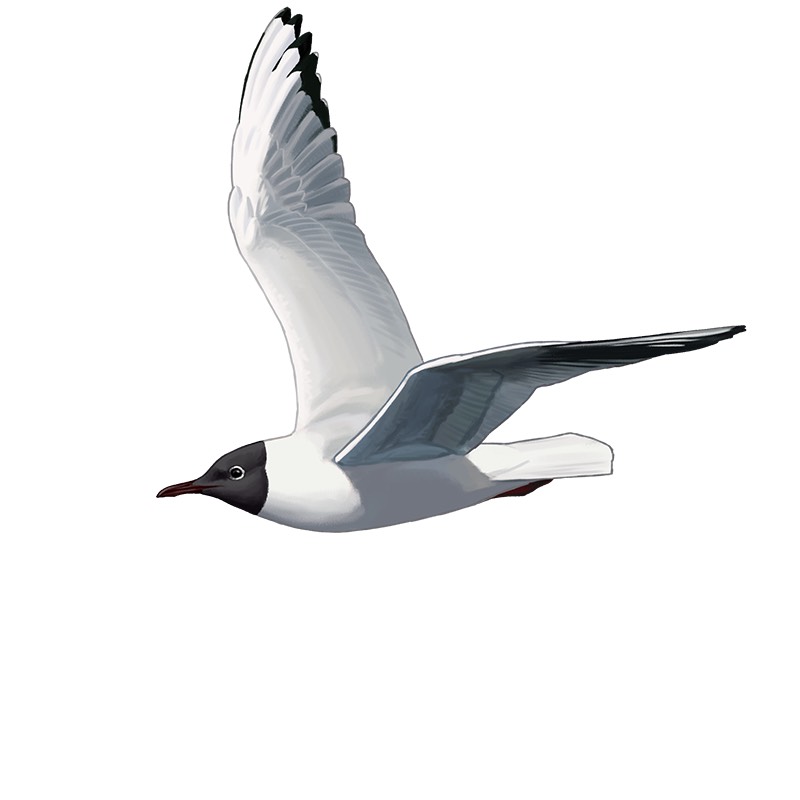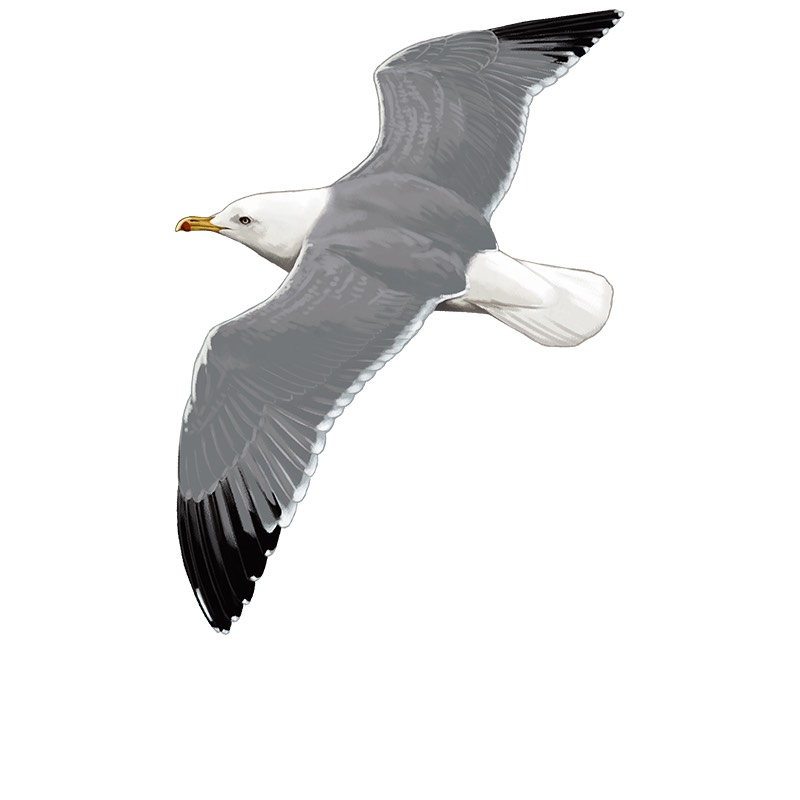Desde o 1 de dezembro e até 31 de janeiro de 2018 ocorre a época de campo do Projeto Arenaria, Spea apela as pessoas a participar como voluntários para colaborar neste projeto. Portanto no artigo desta semana gostaria de explicar um pouco sobre o que este projeto consiste e porque o acho uma oportunidade interessante para aprender um pouco mais sobre as diferentes espécies de aves que podemos observar nas praias da Madeira nesta altura.
Primeiro de tudo... O que é o Projeto Arenaria? Conforme descrito no website do projeto (https://sites.google.com/site/projectoarenaria/), este “é um projeto de citizen science com o objetivo de estudar a distribuição e abundância de aves presentes ao longo da linha de costa, bem como monitorizar a sua evolução temporal. Os dados recolhidos permitiram obter estimativas de abundância e distribuição das aves limícolas, bem como informação acerca da distribuição de outras espécies de aves costeiras”. Também a metodologia está muito bem explicada no website, que em resumo consiste em façer contagens das aves que observamos na zona entre-marés escolhendo uma quadrícula UTM 5x5 km , com ajuda da coordenação regional do projeto, neste caso SPEA Madeira. O principal grupo alvo são as aves limícolas, mas também contabilizamos outras espécies como gaivotas, garças, garajaus... assim como as perturbações que acontecem durante o censo de: pessoas, cães sem trela e veículos.
Tendo em conta a realidade das regiões autónomas dos Açores e da Madeira, nomeadamente a dispersão territorial, as características topográficas das ilhas (com muitas áreas inacessíveis) e o reduzido número de observadores, entre outros, haverá uma adaptação da metodologia às ilhas, nomeadamente no que à selecção das áreas de contagem diz respeito. É por isso que é necessária ajuda dos voluntários para assegurar nossos objetivos a monitorização anual das quadrículas estudadas e sensibilizar o público para a conservação dos ecossistemas marinhos e sua biodiversidade.
Na tabela a seguir, deixo um resumo das espécies que podemos encontrar em nossas praias, destacando-se em azul, o mais facilmente observável.
O que vemos e o que contamos na Madeira?
LIMÍCOLAS
| GAIVOTAS |
Rola-do-mar (Arenaria interpres)
|
Gaivota-de-patas-amarelas (Larus michahellis)
|
Borrelho-grande-de-coleira (Charadrius hiaticula)
|
Guincho (Larus ridibundus)
|
Borrelho-de-coleira-interrompida(Charadrius alexandrinus)
|
Gaivota-d'asa-escura (Larus fuscus)
|
Pilrito-das-praias (Calidris alba)
|
Gaivota-tridáctila (Rissa tridactyla)
|
Pilrito-de-peito-preto (Calidris alpina)
|
Gaivota-de-cabeça-preta (Larus melanocephalus)
|
Maçarico-das-rochas (Actitis hypoleucos)
| Gaivota-de-bico-riscado (Larus delawarensis) |
Maçarico-galego (Numenius phaeopus)
| |
Seixoeira (Calidris canutus)
| |
Perna-verde (Tringa nebularia)
| |
Perna-vermelha (Tringa totanus)
| |
Tarambola-cinzenta (Pluvialis squatarola)
|
GARÇAS
|
GARAJAUS
|
Garça-branca-pequena (Egretta
garzetta)
|
Garajau-de-bico-preto
(Sterna sandvicensis)
|
Garça
real (Ardea cinerea)
|
OUTRAS | Alcatrazes (Morus bassanus), Alcaide (Catharacta skua), Corvos-marinhos (Phalacrocorax sp), Pato-real (Anas platyrhynchos) |



Rola-do-mar Pilrito-das-praias Maçarico-das-rochas



Borrelho-grande-de-coleira Borrelho-de-coleira-interrompida Maçarico-galego



Guincho Gaivota-de-patas-amarelas Garajau-de-bico-preto
...............................................................................................................................................
From December 1st
to January 31st, 2018, it's field season of Arenaria
Project, Spea appeals to people to participate as volunteers in this
project. So in this week's article I would like to explain a little
about what this project consists of and why I find it an interesting
opportunity to learn a more about the different species of birds that
we can observe on the beaches of Madeira at this time.
First of all ... What
is the Arenaria Project? As it is described on the project
website (https://sites.google.com/site/arenaria/), this "is a
citizen science project with the goal of studying the distribution
and abundance of birds present along the coastline, as well as
monitor their temporal evolution. The data collected allowed
estimates of abundance and distribution of shorebirds as well as
information on the distribution of other species of coastal birds. "
Also the methodology is very well explained in the website, which in
summary consists of counting the birds that we observe in the zone
between tides by choosing a UTM grid 5x5 km, with the help of the
regional coordination of the project, in this case SPEA Madeira. The
main target group are shorebirds, but we also count other species
such as seagulls, herons, terns ... as well as the disturbances that
occur during the census: people, dogs without leash and vehicles.
Beacouse the situation of
the Azores and Madeira regions, such as territorial dispersion,
special topographic characteristics of the islands (with many
inaccessible areas) and a small number of observers, among others,
the methodology it is adapted to the islands, which the selection of
counting areas is concerned. That is why it is necessary the help of
volunteers to ensure our objectives; the annual monitoring of the
study areas and to raise public awareness of the conservation of
marine ecosystems and their biodiversity.
In the table below, I
leave a summary of the species that we can find on our beaches,
standing out in blue the most easily observable.
What do we see and what do we count?
SHOREBIRDS
| GULLS |
Ruddy Turnstone (Arenaria interpres)
|
Yellow-legged Gull (Larus michahellis)
|
Common Ringed Plover (Charadrius hiaticula)
|
Black-headed Gull (Larus ridibundus)
|
Kentish Plover(Charadrius alexandrinus)
|
Lesser Black-backed Gull (Larus fuscus)
|
Sanderling (Calidris alba)
|
Black-legged Kittiwake (Rissa tridactyla)
|
Dunlin (Calidris alpina)
|
Mediterranean Gull (Larus melanocephalus)
|
Common Sandpiper (Actitis hypoleucos)
| Ring-billed Gull (Larus delawarensis) |
Whimbrel (Numenius phaeopus)
| |
Red Knot (Calidris canutus)
| |
Common greenshank (Tringa nebularia)
| |
Common redshank (Tringa totanus)
| |
Grey plover (Pluvialis squatarola)
|
HERONS
|
STERNS
|
Little Egret (Egretta garzetta)
|
Sandwich Tern (Sterna sandvicensis)
|
Grey Heron(Ardea cinerea)
|
OUTRAS | Northern Gannet (Morus bassanus), Great Skua (Catharacta skua), Phalacrocorax sp, Mallard (Anas platyrhynchos) |

Sem comentários:
Enviar um comentário